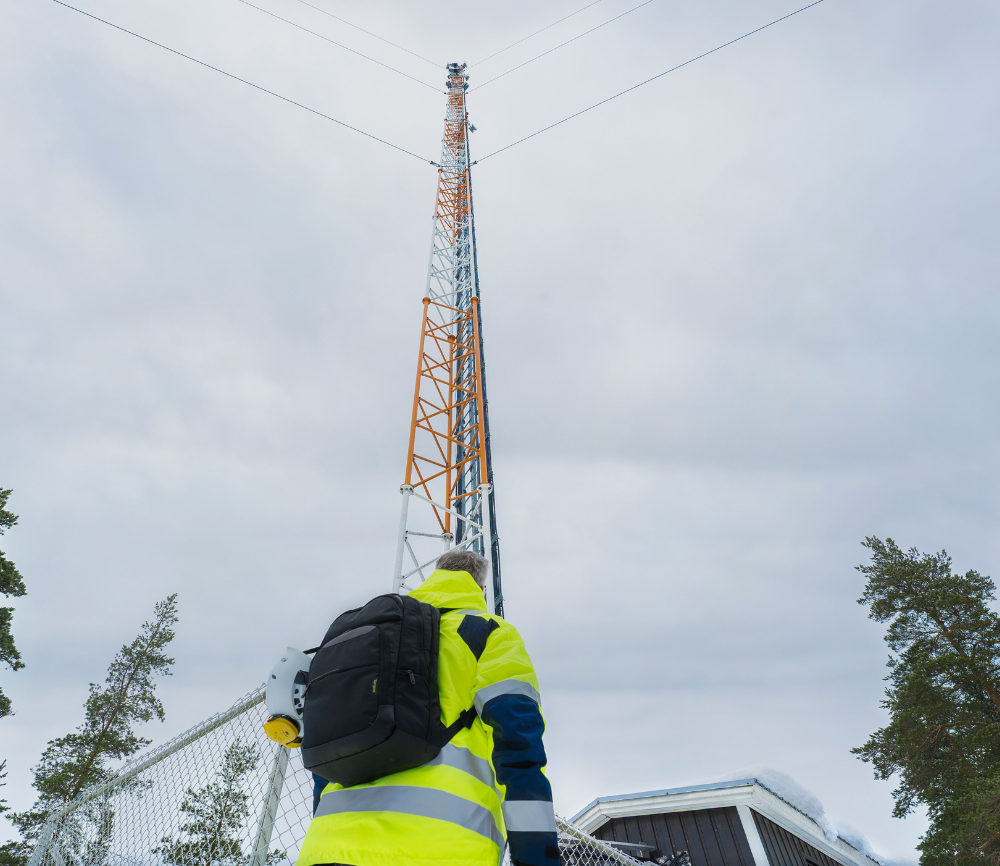The physical security and access control landscape evolves rapidly. Global trends and the need to address customer pain points in critical infrastructure drive this evolution. In this article, we explore key industry trends and pain points, examining how innovations shape solutions for critical infrastructure protection.
Urbanization and unauthorized access
Urbanization is increasing the need for security. Unauthorized access to critical infrastructures or buildings, in general, has become a significant concern. The increased movement and diversity of populations create operational, security, and safety risks. Solutions need to adapt to dynamic urban environments, cater to the needs of different user categories, and provide traceable authorization and alarm systems.
Digital leap and existing offline products
The world embraces the digital leap. Pain points with existing offline products come to the forefront. Solutions address the lack of alarms, notifications, and easy retrofit options. Innovations offer plug-and-play solutions with robust security devices compliant with standards. They provide solutions with resilience against cyber threats while meeting industry requirements. Additionally, the advantage to be highlighted here is solutions that provide sensitive sites with real-time (online) visibility of their site, enabling them to react immediately and effectively in case of a malicious attack.
Political change and concerns with vandalism
Political changes and increased uncertainty globally heighten the risk of vandalism and terrorism. Security solutions need to combat physical visibility of hardware that attracts vandalism. They also need to ensure protection against cyber incidents.
Any incident, including the theft of critical assets and goods at the critical infrastructure site, can affect operations and service levels, even endangering people’s safety. That’s where real-time monitoring and unified security systems step in.
When solutions with integration capabilities are implemented in critical infrastructure operations, the security system can be tailored based on operational needs.
Digitization and widely spread operations
The shift to a digitally connected economy aligns with challenges in widely spread operations. Innovations cater to different access needs, offering real-time monitoring, reporting, and data analytics supporting decision-making. Locking point location should associate with granting access, improving overall operational efficiency. When solutions with integration capabilities are implemented in critical infrastructure operations, the security system can be tailored based on operational needs.
Integrated ecosystems for several systems
The demand for a seamless, integrated ecosystem corresponds with pain points related to managing many systems. Innovations should offer a comprehensive solution for access management, safety, and security, streamlining operations and eliminating the need for multiple platforms. This includes minimizing the time spent on manual work when managing employees’ and subcontractors’ access rights. Human errors can be minimized as information flows between different systems automatically.
In conclusion, as of 2024, the security and access control industry continues to respond to global trends while addressing specific pain points related to critical infrastructure protection. The integration of innovative solutions with these challenges remains crucial for delivering comprehensive, efficient, and future-proof security systems. As technology advances further, the industry must persist in being adaptive and proactive to meet the evolving needs of critical infrastructure industry.
ALWIN – A modular shield against evolving threats
ALWIN – the modular and scalable software is specifically designed to monitor and safeguard critical infrastructure against intrusions, offering modules for access control, visitor management, intrusion detection, video management, and key management.
ALWIN’s strength lies in its modularity, scalability and interoperability, enabling it to adapt to the specific constraints of each sensitive site. As industries grapple with challenges such as unauthorized access, staff turnover, and the need for integrated ecosystems, ALWIN emerges as a comprehensive and customizable solution, providing cutting-edge security for critical infrastructure.
If you require guidance and support in addressing your current and future security needs, please do not hesitate to contact our critical infrastructure experts directly through the ASSA ABLOY Global Solutions website. We’re here to assist you in adopting new security solutions tailored to the specific needs of the critical infrastructure industry.

